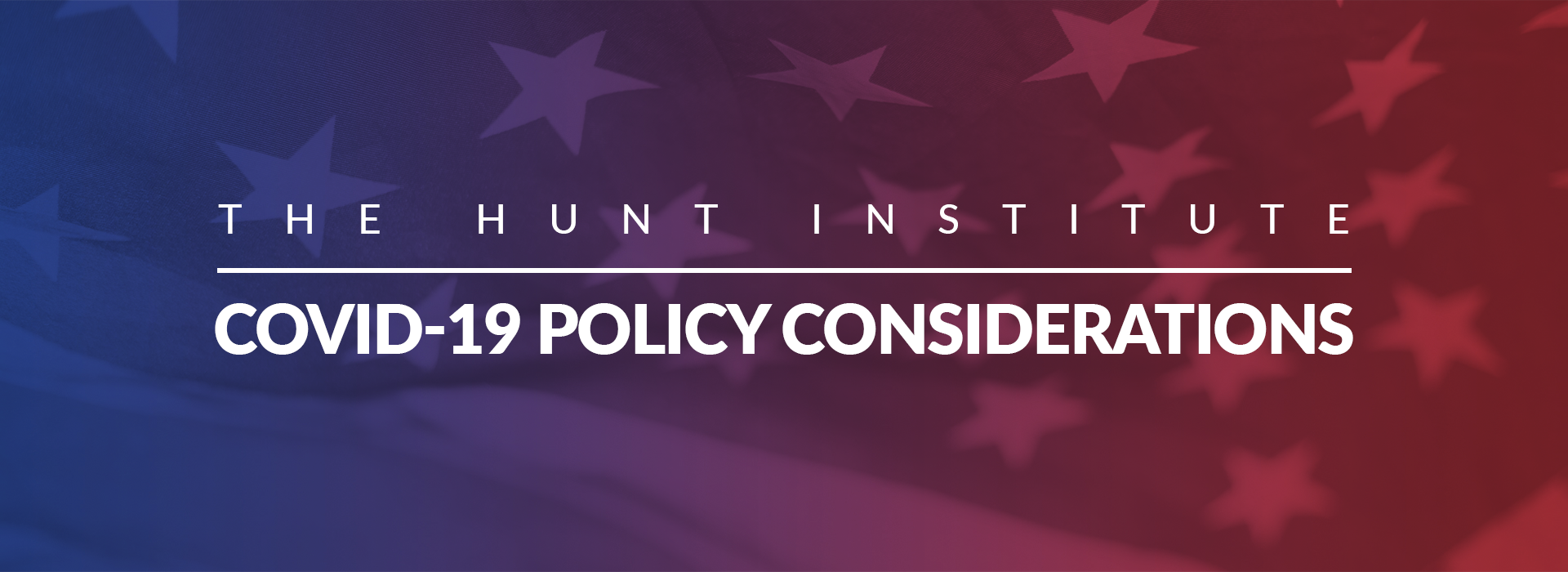

April 8, 2020
Updated: September 14, 2020
Child care has emerged as an essential industry as state leaders scramble to respond to the COVID-19 pandemic. Across the country, state leaders are considering how to shut down most licensed care to prevent the spread of the virus, while organizing emergency care opportunities in response to the needs of essential workers.
The financially precarious nature of the child care industry, which includes many small businesses, non-profits, and home-based child care providers, means most cannot survive for long without stable income. Further, although quality child care providers can keep children of health, emergency response, and other essential workers safe and nurtured while their parents work, doing so puts themselves and their families at risk.
States need to make strategic choices swiftly in order to prevent lasting negative impacts to the child care industry and to help their economies get back up and running later. In doing so, they will want to consult center and family child care providers, child care resource and referral agencies, associations, employers of essential workers, and other stakeholders. In addition, other state and federal agencies may have resources that would benefit child care providers, and elected officials can ensure linkages among these agencies are made.
Congress made an additional $3.5 billion available to states in the Child Care and Development Block Grant (CCDBG) as part of the Coronavirus Aid, Relief, and Economic Security (CARES) Act. The CCDBG is the main federal source of funding states use to pay for child care for children in low-income families, and to improve the quality of child care for all children. (Other provisions in CARES – such as small business loans/grants – are also relevant to child care, but are not covered in this brief.) As state leaders decide how to support their child care industry, they may wish to review provisions of CCDBG, and the flexibilities available to use these new funds. According to CARES provisions, the CCDBG funding may be used to:
Note that the CARES language explicitly says that states are “encouraged to place conditions on payments to child care providers that ensure that child care providers use a portion of funds received to continue to pay the salaries and wages of staff.” This new funding is available to states without applying the typical set-asides for quality. In addition to prior guidance permitting flexibility in declared emergency situations, the federal Office of Child Care (OCC) in the Administration for Children and Families (ACF) has established a resource page relevant to COVID-19 which includes specific guidance about flexibilities in the CCDBG that states may need to know in order to support children, families, and providers. This brief summarizes some key considerations for states and the relevant guidance. For in-depth discussion, states should refer to the OCC resource or contact their ACF regional office child care program manager. According to OCC, states may implement changes consistent with federal regulations and the CARES act and submit a block grant plan amendment within 60 days, without having to wait for approval. In some cases states may need to file waivers with OCC to make changes that are inconsistent with current regulations.
Consideration: Preserving the Supply of Child Care Providers for Children in Low Income Families
What states choose to do now will have an impact on whether child care providers will be able to sustain themselves and their teachers, as well as re-open their businesses when the pandemic ends. Centers and family child care homes may be required to close by state order or they may lose children when parents become unemployed. In either case, states have flexibility in the CCDBG to help sustain these centers and family child care homes so they can continue to have income and weather this crisis. For example:
Consideration: Maintain and Promote Family Stability through the Crisis
During the crisis, it is even more important to use support programs to keep families and essential programs stable. OCC guidance stresses that states “may not terminate assistance for a family impacted by COVID-19 prior to the end of the minimum 12-month eligibility period if a family experiences a temporary job loss or temporary change in participation in a training or education activity.” Due to COVID-19, families may see fluctuating income and work hours, or lose their employment altogether. States can provide stability to families. For example, states can:
Consideration: Hold Providers Harmless for the Increased Costs of Keeping Children Healthy and Help Them to Re-open
Although many states have closed licensed care in the state, some are allowing providers to remain open, letting family child care homes decide whether to stay open, or recruiting providers to re-open to meet the needs of essential workers for child care. In any case, child care providers need materials to reduce risk, such as virus-killing wipes, paper towels, cleaning agents, cleaning services, etc. For example, states can:
The COVID-19 pandemic puts a strain on children, families, and child care providers that state leaders rightfully seek to lessen. Though more will need to be done, the $3.5 billion in CCDBG emergency funding coming to states should enable them to make strategic choices to preserve and protect child care as a critically needed service in the near term. At the same time, the impact of COVID-19 shines a light on the fragility of the child care system that state leaders can highlight and use to help inform federal leaders about additional resources needed to build stronger infrastructure once this crisis abates.
← Click to access The Hunt Institute COVID-19 Resources & Policy Considerations Page